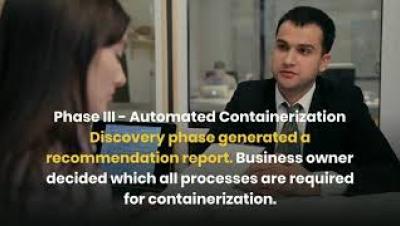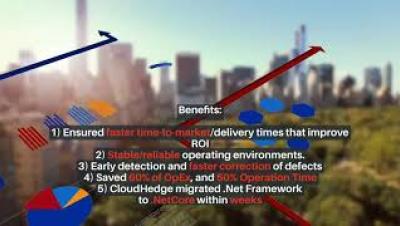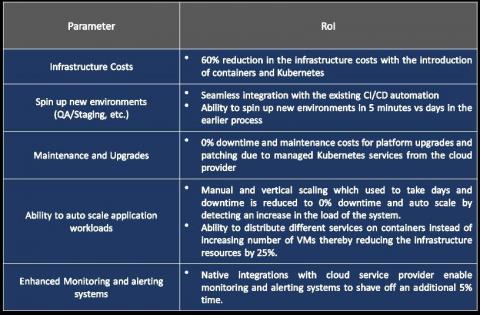Operations | Monitoring | ITSM | DevOps | Cloud
July 2020
Implementation of DevOps and Transformation of a .Net Framework to .NetCore for a Banking ISV
Top 5 Reasons for Enterprises to Modernize their Applications to Cloud
While the secret of change is to focus all your energy not on fighting the old, but on building the new, adaptability is about the powerful difference between adapting to cope and adapting to win. Enterprises that overlook modernization are sure to fail in fulfilling critical compliance and security problems thus, endangering both, their businesses and customers.
Why should an Enterprise Invest in Containerization of Applications Instead of Lift-and-Shift
In our series of blog posts based on Automated Containerization, here is another quick read on why Enterprises should invest in containerization of applications instead of Lift-and-Shift approach. Legacy applications can be slow and expensive to maintain. If you use the Lift-and-Shift approach to migrate applications to cloud is relatively inexpensive, but ongoing operating costs can be exactly the opposite. The contention is that applications perform and evolve relative to their environments.





